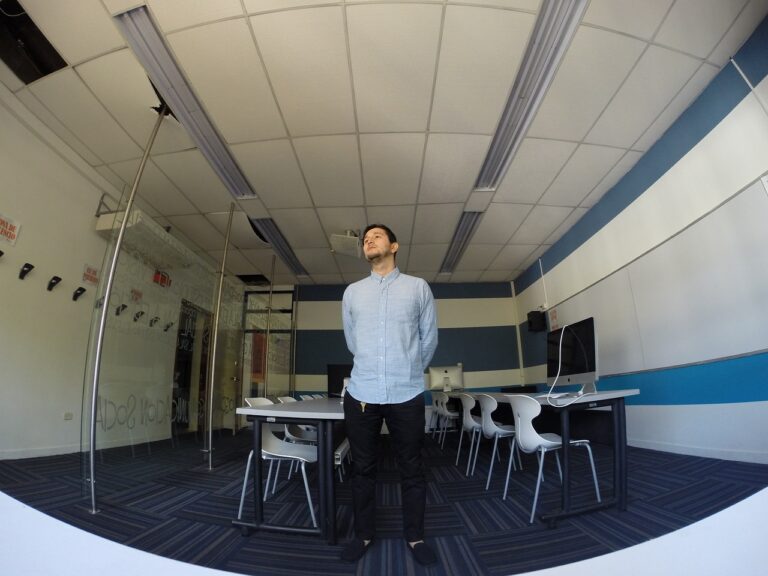Successful Case Studies in Education: Lessons and Reflections
Technology in the classroom has become an essential tool for educators looking to enhance student learning experiences. In a recent study conducted at a local high school, teachers implemented various technological tools such as interactive whiteboards, educational apps, and virtual field trips to engage students in their lessons. The results showed a significant increase in student participation and performance, with students demonstrating higher levels of understanding and retention of the material presented.
Furthermore, the integration of technology allowed teachers to provide personalized learning experiences tailored to individual student needs. Through online assessments and real-time feedback mechanisms, teachers were able to track student progress more effectively and address any learning gaps promptly. This approach not only improved student outcomes but also empowered teachers to continuously refine their instructional strategies based on real-time data and feedback.
Case Study 2: Integrating Project-Based Learning
Project-based learning has gained recognition in the education sector for its ability to engage students in hands-on, real-world experiences. By integrating project-based learning into the curriculum, educators can create meaningful learning opportunities that foster critical thinking, collaboration, and problem-solving skills among students. This approach encourages students to take ownership of their learning by exploring topics in depth and applying their knowledge to solve complex challenges.
In a classroom setting that embraces project-based learning, students are encouraged to work together in groups to tackle multifaceted problems and develop solutions. This collaborative approach not only enhances students’ communication and teamwork skills but also prepares them for the dynamic demands of the modern workplace. By immersing themselves in projects that require creativity and innovation, students are better equipped to address real-world issues and cultivate a deep understanding of the subject matter.
Project-based learning engages students in hands-on, real-world experiences
Foster critical thinking, collaboration, and problem-solving skills among students
Encourages students to take ownership of their learning by exploring topics in depth
Students work together in groups to tackle multifaceted problems and develop solutions
Enhances communication and teamwork skills
Prepares students for the dynamic demands of the modern workplace
Projects require creativity and innovation to address real-world issues
Case Study 3: Creating a Positive School Culture
Creating a positive school culture is essential for fostering a supportive and inclusive environment where students can thrive. By implementing strategies such as celebrating diversity, promoting kindness, and encouraging teamwork, schools can create a sense of belonging and acceptance among students and staff. When individuals feel valued and respected, they are more likely to engage in learning and contribute positively to the overall school community.
In addition to promoting respect and inclusivity, schools can also cultivate a positive culture by recognizing and celebrating achievements and milestones. By acknowledging the hard work and accomplishments of students and staff, schools can boost morale, motivation, and engagement. Creating a culture that values and celebrates success not only reinforces positive behaviors but also helps build a sense of pride and unity within the school community.
What is the importance of creating a positive school culture?
Creating a positive school culture is important as it can enhance student engagement, motivation, and overall academic performance. It also fosters a sense of belonging and community among students and staff.
How can schools promote a positive school culture?
Schools can promote a positive school culture by implementing initiatives such as reward systems for positive behavior, fostering open communication between students and staff, encouraging collaboration and teamwork, and promoting a safe and inclusive environment for all.
What are some benefits of having a positive school culture?
Some benefits of having a positive school culture include improved student morale, reduced disciplinary issues, increased student achievement, higher teacher retention rates, and a more cohesive and supportive school community.
How can teachers contribute to creating a positive school culture?
Teachers can contribute to creating a positive school culture by modeling positive behaviors, encouraging student participation and engagement, providing a supportive and nurturing environment in the classroom, and promoting respect and empathy among students.
How can schools measure the effectiveness of their efforts to create a positive school culture?
Schools can measure the effectiveness of their efforts to create a positive school culture through surveys, focus groups, observation of student and staff interactions, and tracking changes in student behavior and academic performance over time.







